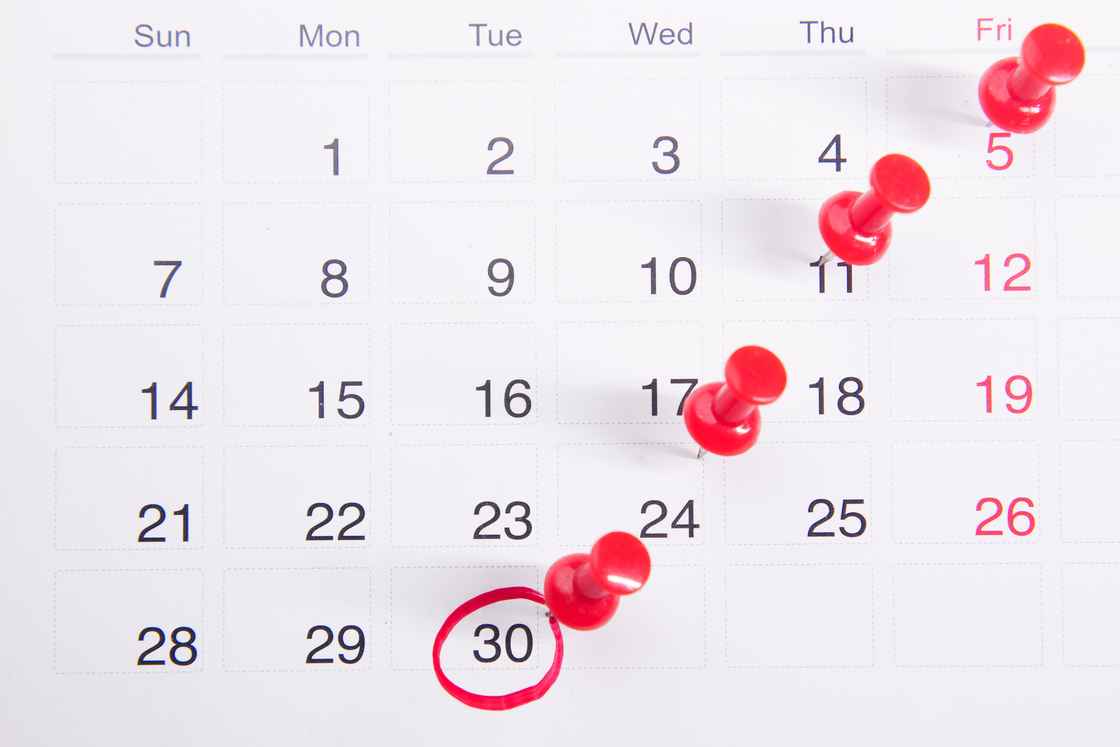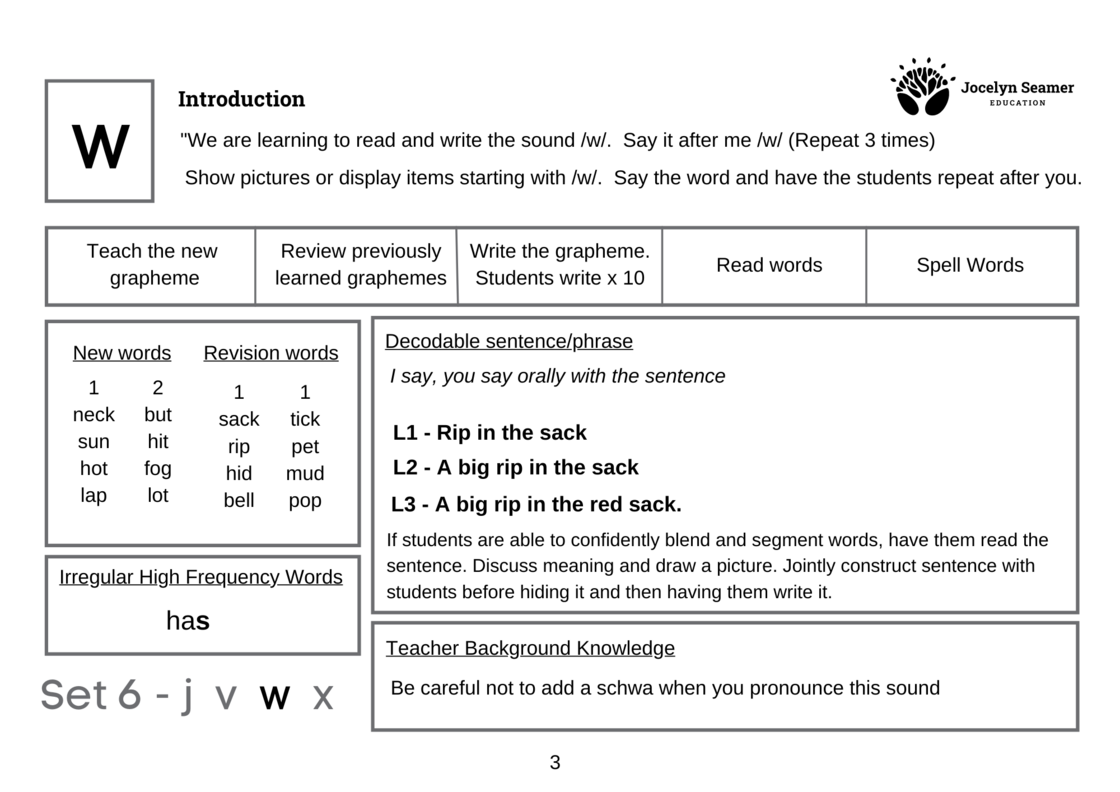Lasting the Distance in 2022

2022 is here and it’s time to get clear about what’s important. Learning to read is a complex process that goes on behind ‘closed doors’. That is, we can see the impact of what we do as teachers, but we don’t see the processes happening inside children’s heads. Reading instruction is also complex. There are so many moving parts to gold standard reading instruction, especially when we are trying to meet every one of our students where they are up to, that teaching reading can feel like an overwhelming hot mess.
The good news is that it IS possible to turn this hot mess into a manageable, successful undertaking. They key? Simplicity. So many of us unnecessarily complicate our teaching because we think we have to live up to the social media ideal of what teaching is. Let’s have a look at some ways that you can keep things simple in 2022.
- If your literacy instruction approach depends on how well you can use your Cricut machine, it’s time to rethink how you are teaching reading. The essential resources for reading instruction are some cardboard, and …. hang on. That’s it! All you need to teach phonics and word level decoding well is some thick card to write graphemes and words on. You’ll also need a book and some pencils for students to spell words and write sentences. You don’t need to laminate things or make 100 ‘independent’ activities for your students. It’s just not needed.

- I can hear you asking about literacy centres. Guess what? One of the most impactful things you can do to simplify your reading instruction is to eliminate literacy centres and group rotations. Why? Essentially, to provide the greatest number of minutes each day where students are receiving fully guided instruction from you. How? Firstly, teach in a way that provides explicit instruction, review, full engagement and many, many repetitions in the lesson so that the largest number of children possible can stay with the ‘main group’ of learners. If you work in a school with a large range of development levels or code knowledge in every class, consider sharing the teaching love and grouping students for an hour each day according to their phonics knowledge. These groups are flexible, changing each time an assessment is done. All groups (that are likely large groups rather than small) receive the same high-quality instruction with all children expected to make strong growth in the teaching period.

- Teach using the same low variance instructional routines across every single class, providing the same reference tools or lesson sequence for all teachers to work from. Expecting that we should make up our own instructional routines, scope and sequence, formative assessment opportunities and resources is just silly. Provide simple tools for your teachers to use (or buy them for yourself if your school doesn’t have them) and then support them to develop the skills and knowledge to implement them well. If you have a great program in your school already, get really good at teaching it. If you don’t, you might like to have a look at my Reading Success in Action Lesson Sequences.

4) Choose one scope and sequence or guiding outline of content and stick with it. This may well mean that you have to let the old ‘stuff’ go, even if you’ve spent a lot of money on it. Trying to integrate your school’s existing tools with your new phonics programs with the scope and sequence of 2 or 3 decodable text series is a recipe for overwhelm and confusion. Choose the resource or tool that will provide the backbone of content instruction in your school and align every other resource you have with it. Having spent money on something is not a good reason to keep it in active use in classrooms if it doesn’t serve students’ needs.

5) Accept that perfection is a myth. You aren’t perfect. Your tools aren’t perfect. Your students aren’t perfect. Teaching is a messy activity. Trying to be all things to all people each and every day sets you up for failure. You can’t implement 24 individual lesson plans for your students, even though you would like to (the good news is that you don’t have to anyway). You aren’t going to make terrific decisions or plans every time (even though you think you should be able to). There are going to be times where you try something out, it doesn’t work and you have to chalk it up to experience. That doesn’t make you a bad teacher or school leader. It makes you a human who is learning and growing. As long as you are following the evidence, keeping an eye on the data and are open to altering course as needed, you aren’t going to break the children! Remember, something great done imperfectly is much better than something ineffective done perfectly.

6) It is really important to understand the what, how and why of reading instruction. Buying some decodable texts or a program is not going to get you where you want to be if you don’t understand how we learn to read and what techniques make the biggest difference to children’s reading development. Any program is just a tool (a useful tool, but just a tool). It is our own knowledge of the underlying theory that strengthens our use of those tools and enables us to help children get terrific results. It is crucial that we have access to the necessary knowledge needed to help us build our professional understanding. Fortunately, there is so much free, high quality professional learning available online these days. The good stuff is just a click away.

7) Finally, having a literacy block focused on exactly what is important and not the ‘froo froo’ of teaching is a must if you are going to create sustainable teaching practices. Once you establish a structured approach, there is no reason to spend weekends and holidays planning and preparing reading instruction lessons. Sustainability is a must if you are going to manage to stay an early years teacher for the long term.

Teaching is not a sprint, it's a marathon. If you are going to have the stamina to last the distance, it's necessary to focus on the simplest, most sustainable practices you can implement so that you can be there for your students and your students can get great results.

 Jocelyn Seamer Education
Jocelyn Seamer Education
4 comments
As usual Jocelyn practical and simple suggestions to develop sustainable, evidence based reading instruction.
Joyce, I love this! Our theme for our Literacy at my school this year is 'Back to basics' ... your article this is SO affirming! Thank you
Been following you all year... absolutely affirming..I am watching this space and hav registered for the next workshop..
Love this post! Thank you for all you do to help teachers feel empowered, especially during this strange and tough times.
Leave a comment